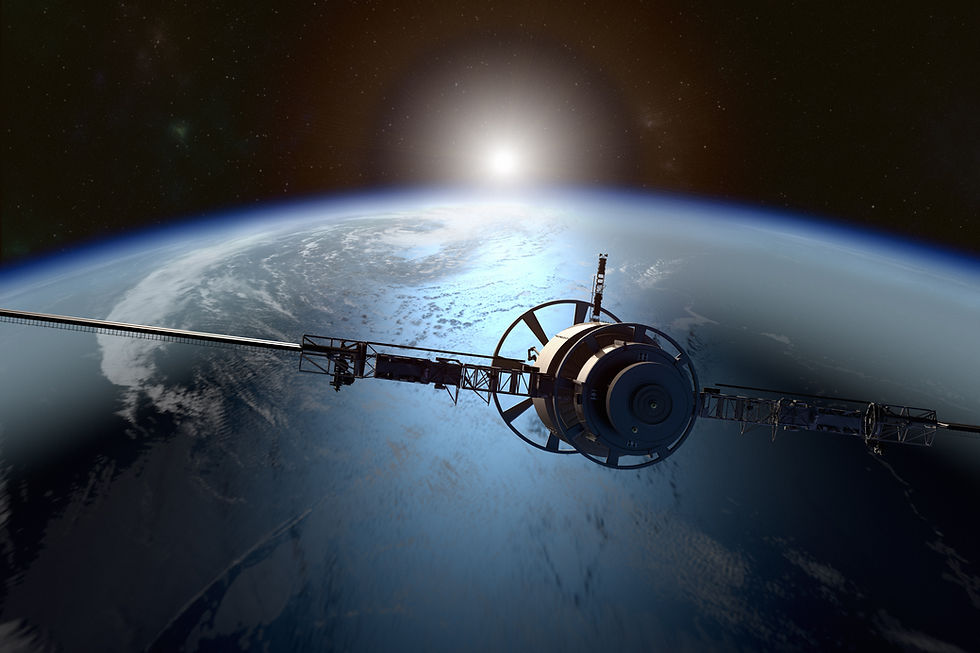
SPAIN

welcome to territory


Spain occupies a large part of the Iberian Peninsula and is one of the largest nations in Europe; it has coasts both to the north and south-west (Atlantic) and to the south-east (Mediterranean). The heart of the Spanish territory is given by the central plateau, interrupted at various points by different mountain ranges, towards France the Pyrenees rise, even the landscape is quite varied, but the areas cultivated by man prevail.
PHYSICAL GEOGRAPHY OF SPAIN
Spain is characterized by a vast internal plateau, the Meseta, with an average height between 600 and 1,000 meters, largely bordered by various mountain ranges (Pyrenees towards France, the Cantabrian mountain range to the north and the Penibetic mountain range to the south) ; Andalucia is the only true plain in the south-western area of the country. The highest point is located in Africa, to be precise on the island of Tenerife, it is the Teide volcano (3,718 m.), While in mainland Spain there are two mountains that exceed 3,400 meters in height, Mulhacén (3,480 m. .) in the Sierra Nevada and Pico de Aneto (3,404 m.) in the Pyrenees.
The Ebro with 910 km is the longest river in Iberian territory and the only one of the longest to flow eastwards, Guadiana 818 km (total, including Portuguese stretch), Tagus 790 km (Spanish stretch, total 1,007 km), Duero 700 Km (Spanish stretch, total 895 Km) and Guadalquivir 657 Km have in fact opposite trend, from east to west; On the other hand, there is no large natural lake in Spain (the largest is Lago de Sanabria with only 3.7 km² of surface), on the other hand man has built various dams over time with the consequent formation of artificial basins (Embalse de La Serena, 139 Km², the largest).
The Iberian territory also includes two archipelagos, the largest, that of the Canaries (7,445 Km²) is geographically located in Africa, the second, that of the Balearics (4,992 Km²) is in the Mediterranean, east of Valencia; these in order of size are the main islands of the Canaries: Tenerife 2,034 Km², Fuerteventura 1,656 Km², Gran Canaria 1,560 Km², Lanzarote 806 Km², La Palma 708 Km²; the Balearics are made up of the three main islands of Mallorca 3,604 Km², Menorca 693 Km² and Ibiza 567 Km². The other Spanish islands are all very small and are mainly located between Cantabria and Galicia, where we find the largest one, Arosa (7 Km²).
The Spanish climate is quite varied, in general it is oceanic and temperate with some arid and subtropical areas in the south; the winters are mild and are longer along the Mediterranean and Atlantic coasts, where however there is more rainfall, while the summers are almost everywhere hot and torrid, except on the cooler northern coasts; in the Canaries the difference between winter and summer temperatures can be clearly and even in winter they can reach 30 ° C, even the amount of annual rainfall generally decreases, with long periods without any precipitation between May and September.
TOURISM IN SPAIN
With over 50 million tourists a year, Spain is one of the most popular international destinations, the greatest flow is towards the seaside resorts on the Mediterranean coast and towards the Balearic and Canary Islands, but also at a cultural and landscape level Spain offers remarkable chance.





"There is no man more complete than one who has traveled, who has changed the shape of his thought and his life twenty times"
Entrust us the Advertising of your project
Entrust us the Advertising of your project


Visit the platform that helps you to plan your Holidays and to compare yourself with thousands of travelers from all over the world.
Entrust us the Advertising of your project
Entrust us the Advertising of your project

Entrust us the Advertising of your project
A website that directly links tourism supply and demand for “Innovative Tourism activities” (audible guide) and experiences. Tourists can write the name of the city to visit and they can choose the best Innovative Experience.
Entrust us the Advertising of your project
Entrust us the Advertising of your project
Redefine the way of communicating: architecture, interior design and tourism. A unique, immersive and interactive perspective.
Entrust us the Advertising of your project


THE PROJECT ORIGIN
"In the American temperament there is a quality, called resiliency, which embraces the concepts of elasticity, rebound, resource and good humor. A girl loses her patrimony, without being commensurate, she will start washing dishes and making hats. A student will not feel debased by working a few hours in a garage or a café. I saw America at the end of the Hoover presidency, in one of the most tragic hours in its history, when all the banks had shut down and economic life was at a standstill. Anguish gripped hearts, but happiness and confidence shone in everyone's faces. Listening to the phrases they exchanged one would have said that it was all a huge joke. And if some financier threw itself out the window, I can't help believing it did so in the deceptive hope of bouncing back ”- Paul Claudel.
The book aims to describe the concept of resilience, a concept that indicates the ability to deal positively with difficult events, to positively reorganize one's life in the face of difficulties, to rebuild oneself while remaining sensitive to the positive opportunities that life offers, without alienating one's own identity. The story tells about a boy who will find himself managing a reality that he could not expect or predict, thanks to the resilience he has shown in various complex and difficult life situations.









